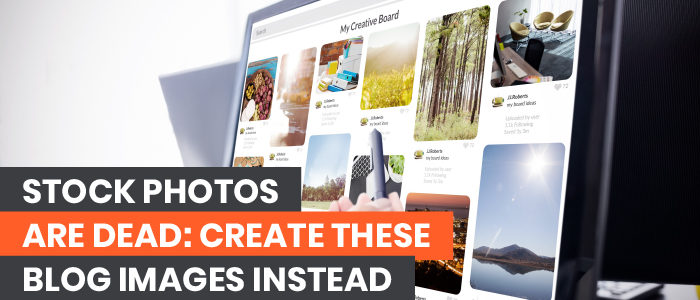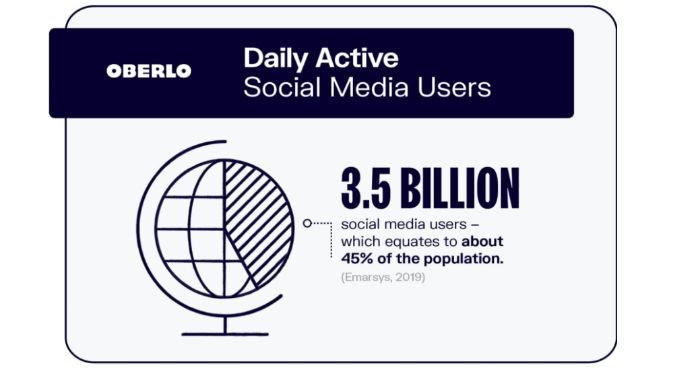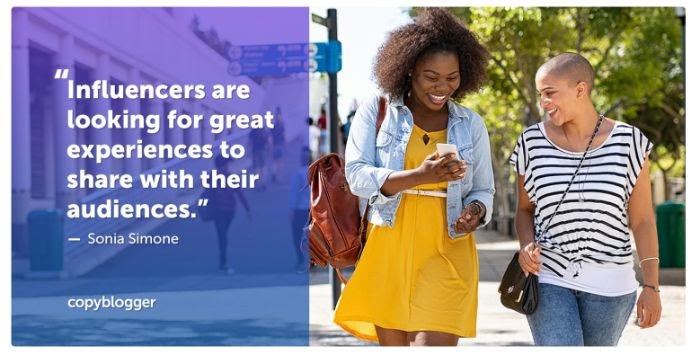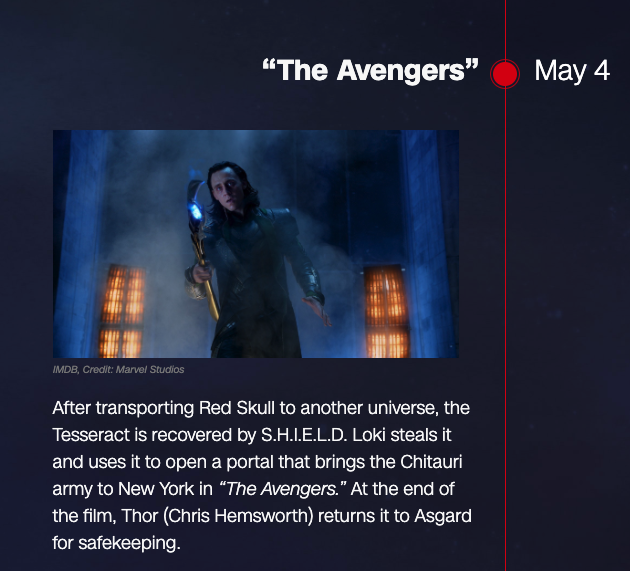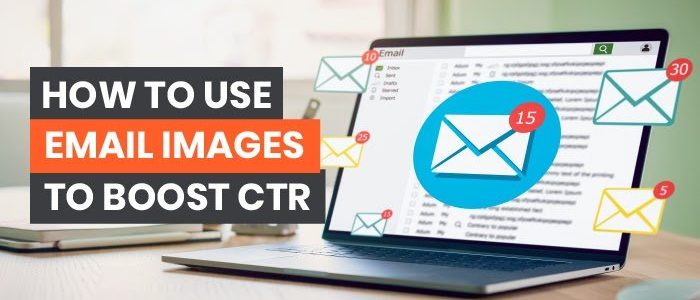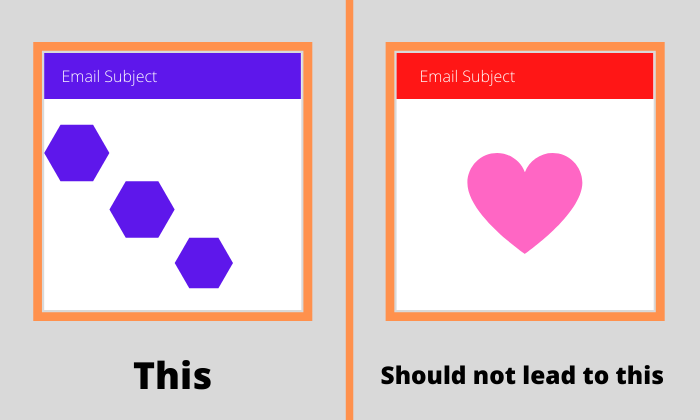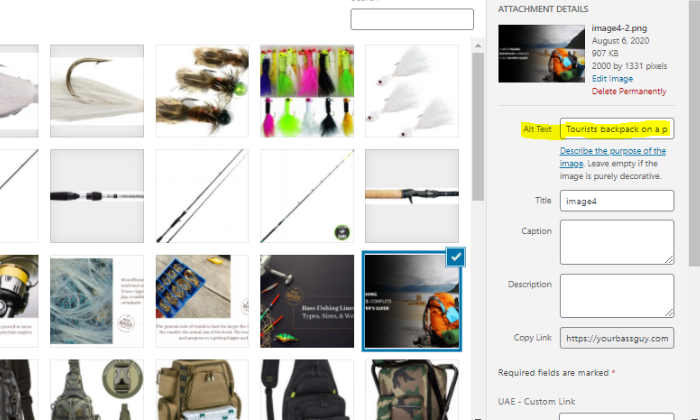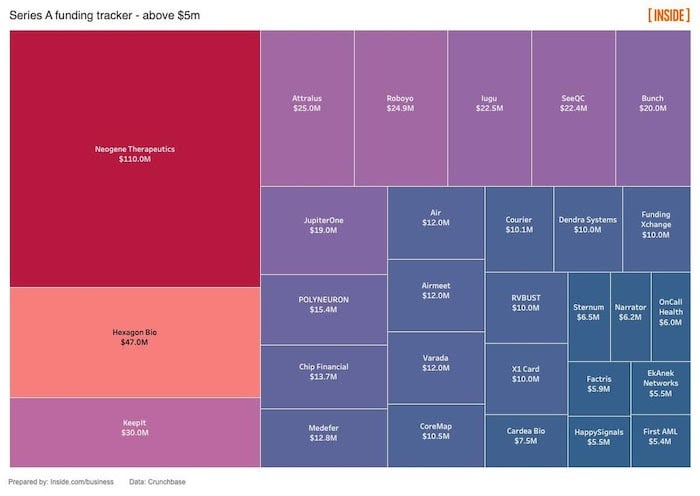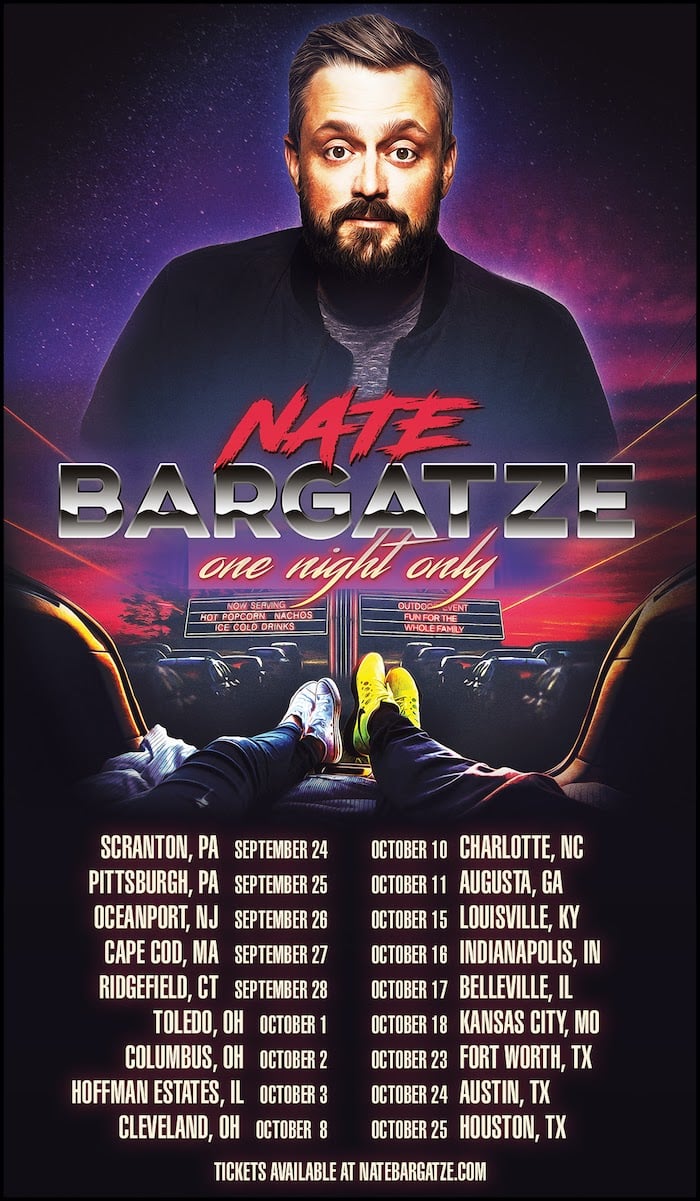
How to Use Customer Reviews in Images and Video Ads
Choosing the right content for your image and video ads can be challenging.
What message will actually get consumers to take the plunge and buy your product?
Regardless of how thorough your digital marketing plan is, there’s no one simple solution for ad success that applies to every campaign.
Or is there?
Instead of looking inside of your organization for inspiration, look to past and current consumers to help you share the greatness of your product.
How can you do this? By harnessing the power of reviews your satisfied customers have already given. 93 percent of consumers read online reviews before they make a purchasing decision. If you can incorporate authentic, positive reviews into your ads, you can set yourself apart from your competition and show your audience your worth.
In this blog post, we’ll break down six strategies for successfully using customer reviews to craft effective video and visual ads.
Why Should You Use Customer Reviews in Your Advertising Images and Videos
When a potential customer hears about your business or product, they’re going to go straight to the internet to find out more about it.
They’re not just looking for slick visuals: They’re looking for reviews from other consumers.
Also, 85 percent of consumers trust online reviews from strangers more than those from their friends and family.
When customer reviews are used in advertising material, you eliminate the middle step of consumers combing the internet for information.
Instead, you build immediate consumer trust with these user-generated descriptors of your service or product.
How to Use Customer Reviews in Your Advertising Images and Videos
There are countless ways to incorporate customer reviews into your marketing strategy. Below, we break down six strategies to let customer reviews do your marketing for you.
- Pick an Ad Theme and Find Customer Reviews on That Theme
Ads can be powerful and evoke complex emotions.
As you craft your testimonial campaign, decide which emotion you want your ad to embody. These include:
-comfort
-beauty
-family
-self-confidence
-patriotism
-courageCoca-Cola, for example, routinely adheres to the theme of friends and family. Invariably, when you see a Coke ad, you see this theme manifested either through imagery of copy.
Think about the values associated with your brand and your mission.
Dedicated to innovation? Select that theme and then source your existing quotes that highlight your cutting-edge tools.Regardless of which ad theme you choose, by pairing a sentiment with corresponding copy, you’ll inevitably craft an arresting, powerful testimonial that will make your product stand out to potential consumers.
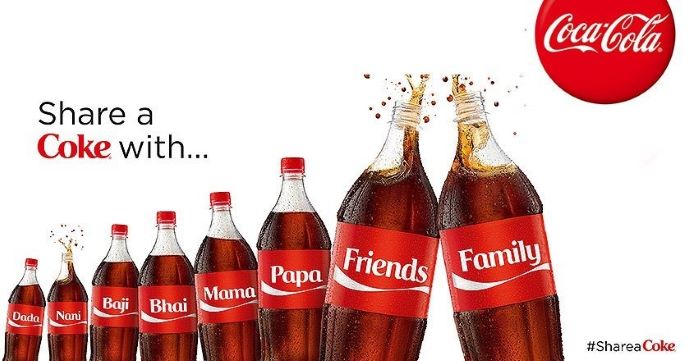
- Pick a Great Customer Review and Create an Image or Video Around the Review
While great reviews are worth their weight in gold, not displaying these testimonials properly can make them essentially valueless.
To make sure your reviews get the attention they deserve, build an image (or a video if that’s more your brand’s speed) that is eye-catching and engaging.
Easier said than done?
Below we included five must-know design tips.
Layout
Organize your testimonial by keeping user experience (UX) at the forefront of your design. This includes strategic use of white space and placement of text and visual content. This will allow you to create an organized, consumable image that is easy to deduce meaning from.Unique Visuals
The internet is flooded with so-so quality, cookie-cutter images. To make your customer review stand out, incorporate brand-appropriate images and colors, breaking up the monotony of visuals.Color
Color can be used to stop a viewer in their tracks and evoke emotion. As you craft your testimonial images, decide what message the colors in your graphic should be sending.Typography
Outside of the overall appearance of your testimonial graphic or video, typography can play a massive role in emphasizing the most important elements of your customers’ quotes. Consider bolding and bright colors to highlight pain points so the viewer immediately knows this quote is relevant to them.Simple
While you want your testimonial to stand out, you don’t want visuals to overshadow the message. When it comes to designing these images, adhere to the three Cs of Google Marketing: clear, concise, and compelling. - Pick a Customer Review and Use It to Amplify Your Social Shares
An undecided shopper can morph into a dedicated buyer by engaging with other members of your audience.
In fact, one out of every four individuals follow brands whose products they are interested in on social media. By monitoring your social channels and responses from customers, these shoppers can make a more informed decision about the strength and utility of your product.
To show off your customer’s feedback, use client testimonials and reviews in your social strategy to further highlight just how wonderful your product is.
When you share customer feedback on social media, you boost brand credibility, increase engagement, and ideally, grow your bottom line.
Want some inspiration for getting reviews onto your social channels?
Check out this testimonial from a Maybelline user:
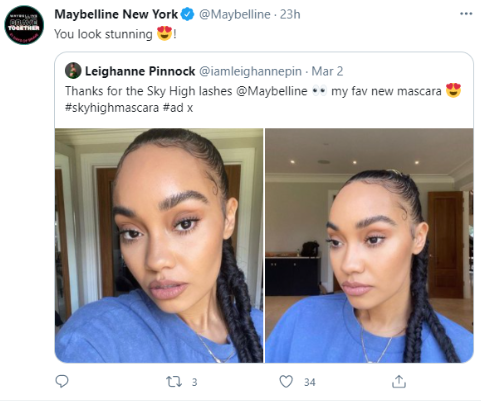
By sharing the tweet, the makeup company underlines the efficacy of its product and fosters trust and community as well. - Pick a Customer Review and Use It in Your Search Strategy
Search engines aren’t solely interested in how well you optimize your listing; they are also a source of constant monitoring, which includes what consumers are saying about your brand or your product.
By using reviews in your Google and Microsoft listings, you can prominently display how consumers feel about your offering. What’s more, collecting new content regularly can earn you featured snippets and Google Seller Ratings, boosting your overall search visibility.
Check out this ad from Lego for The Simpsons™ House:

The stars, rating, and number of reviews alert interested viewers that the product is well-liked among buyers and that a significant number of people have purchased it. These extensions on a classic search engine listing help foster trust before potential consumers visit your site.
- Pick a Great Customer Review and Use It in Your Email Marketing Strategy
Regardless of what your email marketing strategy is, it can benefit from including customer reviews. Given the medium’s historically high return on investment (ROI), this channel is the perfect place to include images or videos spotlighting customer reviews.
When you share these testimonials in emails, you not only build credibility, but you are also more likely to increase your click-through rate (CTR).
Through using customer-created narratives, you can both share experiences of your consumer base, while simultaneously demonstrating what readers can anticipate when they become customers.
Check out this example from natural skincare company Naturopathica:
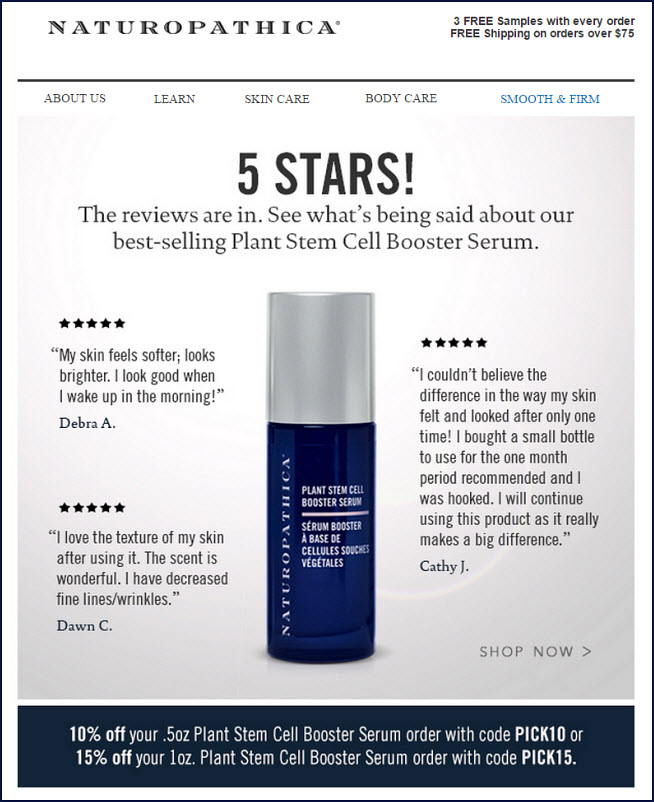
While this content isn’t built into their email template, sharing a visual that includes reviews and customers’ first names and last initials humanizes the review, making it more believable and relatable.Here, the quotes selected by the company speak to a pain point that is likely shared among many buyers looking for facial serum: decreased fine lines and wrinkles. By choosing quotes that address your product’s strengths and consumer pain points, you prove further value.
- Pick a Great Customer Review and Use It in Your Email Marketing Strategy
OK, homepage was a bit of an understatement.
While you should without a doubt have a dedicated page of your site for testimonials, you should also ensure your strongest customer reviews appear on every page of your website.
These don’t have to be in your face. Instead, they should serve as a subtle reminder about the strength of your product and the amount of earnest goodwill behind it.
Fabletics does an excellent job placing customer reviews across its website.By sharing these highly-starred reviews along with images of real consumers, Fabletics resoundingly makes the point that their product is, well, fabulous.
Regardless of which route you choose to incorporate reviews into your digital marketing strategy, and all is a great option, too, there are three best practices you should adhere to when crafting your testimonial content.
Short and Sweet
Avoid quoting the entirety of a customer review. Instead, cherry-pick the best part and craft a relevant, bold headline. If you’re sharing on social, you can link to the complete review in the body of the post.Give Thanks
Want more customer reviews? Of course you do, they’re invaluable marketing tools. Encourage consumers to leave future reviews by thanking them for taking the time to share their experience with your organization.Re-Tweet and Reshare
This one applies specifically to your social media efforts, but be sure to continuously monitor your social platforms to see if there are any positive comments posted. If you find these hidden gems, you want to be sure to share them across your platform.
Conclusion to Using Customer Reviews in Visual Ad Campaigns
Regardless of industry or product, you should be taking advantage of customer reviews to enhance your digital marketing strategy.
As more and more searchers look online to determine if a product fits their need, you would be doing your business a disservice by not having an aesthetically engaging video or image ready to greet them.
By implementing a multichannel customer review campaign, you can demonstrate to potential customers not only your product is loved by owners, but that you have a true understanding of your audience’s pain, too.
Highlighting this central pain point through the language and context used by your current customers assures would-be customers that you both understand and solve their needs.
While the six strategies for customer reviews we discussed above will allow you to begin providing potential customers with proof points, also consider launching an entirely review-based campaign. With a handful of effective reviews, you can craft a narrative that tells your entire brand story, all while increasing visibility and awareness.
Where will you start incorporating customer reviews?

